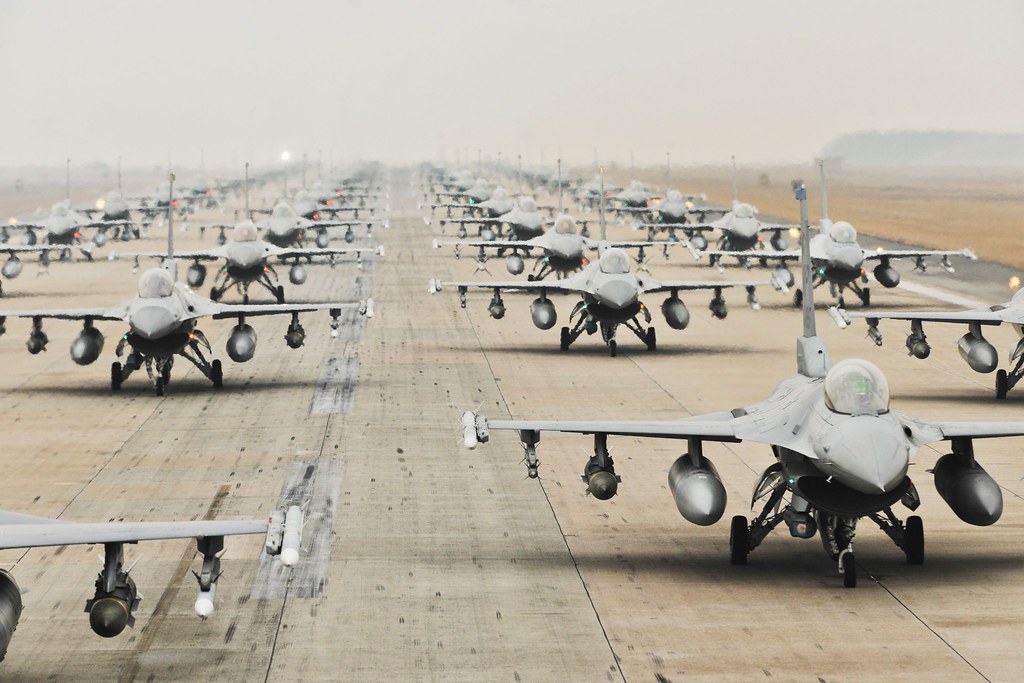
High above Edwards Air Force Base in California, an unidentified aircraft streaked across the sky, leaving a contrail that caught the keen eye of an observer.

A photograph, briefly posted on Instagram before being taken down, captured what appeared to be the elusive RQ-180 spy drone, the Air Force’s shadowy high-altitude reconnaissance vehicle, whose existence has never been officially acknowledged.

Amidst much speculation, the sighting ignited discussions in the military tech community and raised questions about the secretive world of U.S. military aviation and the silent symphony of aircraft supporting the President.

The enigmatic flying wing seen in California resembles the B-21 Raider bomber in development by Northrop Grumman.

However, its flight pattern, estimated at an altitude of 20,000 feet, and design link it more closely to the speculated capabilities of the RQ-180, designed for penetrating intelligence, surveillance, and reconnaissance missions against formidable air defense systems.

With a wingspan much larger than a Boeing 737’s, the RQ-180 is whispered to have earned nicknames like the Great White Bat for its batlike wings and Shikaka for its striking white appearance.

The incident over Edwards Air Force Base is not the only slice of military aviation intrigue. A clandestine quartet of Boeing 757s, also known as the Air Force One shadow fleet, follows the President’s better-known aircraft.

These bespoke planes, which the Air Force does not publicly acknowledge, perform critical roles in presidential travel and continuity-of-government operations.

Their registration numbers beginning with 09 suggest acquisition in 2009.

The aircraft’s life stories span various airlines and modifications by L3Harris Technologies, known for equipping jets with high-tech military communications gear, crucial for keeping the President connected to the country’s nuclear arsenal.

The shadow fleet’s existence raises questions about the costs and decisions surrounding their purchase and operation, as they leave almost no public paper trail and received no public debate.

Yet the mystery and speculation surrounding these secret planes, and their role in presidential travel, underscore the complexity of maintaining national security and continuity of leadership.

As tensions rise and technology advances, the skies over America continue to be the stage for an invisible ballet of stealth and strategy.

Whether it’s the rumored RQ-180 over California or the discreet Boeing 757s trailing Air Force One, the aerial assets of the United States remain shrouded in secrecy, with only fleeting glimpses into their operations.

Despite the Air Force’s silence on these mysterious aircraft, their stories continue to captivate military tech enthusiasts and those fascinated by the evolving capabilities of aerial reconnaissance and presidential security.
